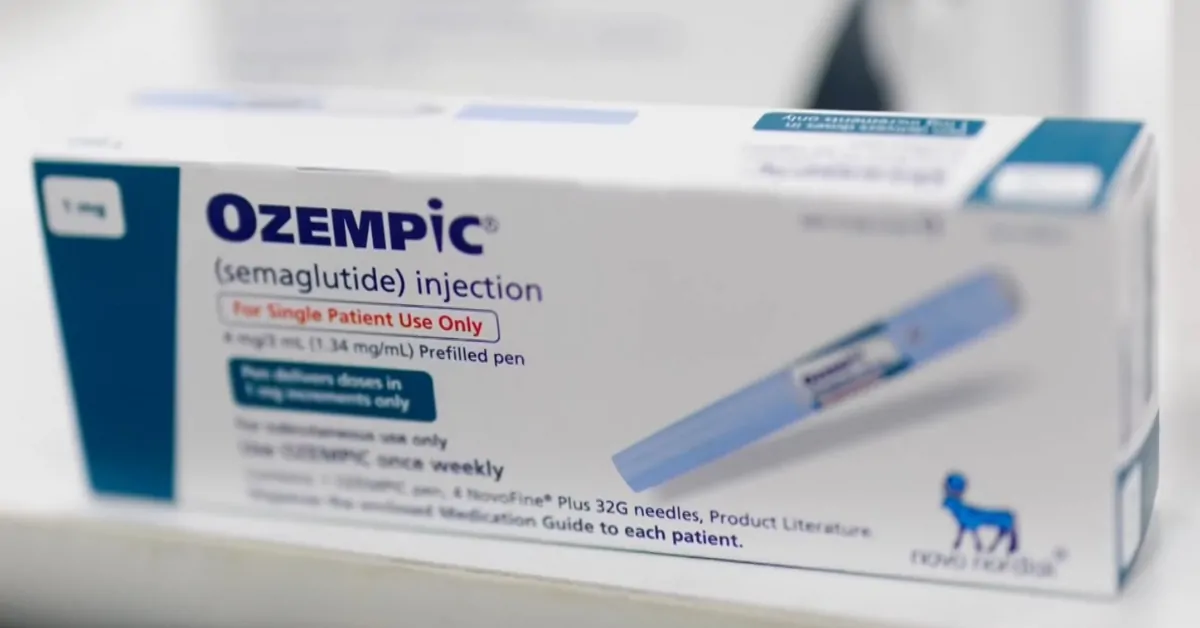When drilling crews in western Quebec started intersecting new gold zones this year, the initial reaction inside the mining world was curiosity. That curiosity has now shifted into something closer to disbelief.
The scale, geology, and timing position Quebec for one of the most consequential expansion cycles in modern North American gold mining.
Table of Contents
ToggleA Breakthrough That Reshapes Western Quebec’s Mining Landscape
The Duparquet Gold Project has been known for years, but the emergence of the Miroir and Aiguille zones has pushed it back into the national spotlight. These discoveries integrate directly into an already substantial system:
3.44 million ounces of measured and indicated gold, plus 2.64 million ounces inferred. With each drill campaign, that footprint grows, offering a rare sense of open-ended potential.
A veteran field geologist remarked to me that “the scale here feels like a map being redrawn while you’re standing inside it.” That is not typical language for a crew used to managing expectations.
The location along the Destor Porcupine Fault is the technical hinge. This geological corridor has produced more than 70 million ounces of gold over the past century.
When new high-grade intervals start lining up along this same structure, the industry pays close attention.
The Geological Advantage That Strengthens Duparquet’s Case
With established infrastructure, financial stability, exceptional joint venture partnership with Agnico Eagle, and a vision for success, Maple Gold Mines is poised to make a significant impact.
Maple Gold Mines: One-Minute Overview of Gold Potential https://t.co/X2vVe2dKo9— MapleGoldMines (@MapleGoldMines) June 12, 2023
Duparquet sits within the Abitibi Greenstone Belt, one of the world’s most productive and structurally complex gold regions. The syenite intrusions and fault-controlled traps that define this area create reliable conditions for gold deposition.
The Miroir and Aiguille zones appear to demonstrate continuity with the broader mineralized system, not isolated pockets. Each new drill section is reinforcing the same geological story: this is a large structural system with multiple expansion opportunities.
Environmental groups are already emphasizing the need for strict oversight, while local workers see the discovery as a rare economic lifeline for the region. Those contrasting viewpoints shape the human reality on the ground.
Economic Stakes for Quebec and the North American Gold Market
If Duparquet continues to expand, it could materially affect Quebec’s role in Canadian and North American production.
Quebec already supplies roughly 20 percent of Canada’s annual gold output. A multi-million-ounce expansion inside a fully serviced mining corridor increases that influence.
Upgrading inferred ounces into higher-confidence categories is the next step. This alone could add billions in potential future valuation.
How the Quebec Discovery Compares to the United States
The US mining sector offers an instructive comparison. The United States produces around 170 to 180 metric tons of gold annually, according to the Market Growth Reports, but the majority comes from aging operations in Nevada. While still world-class, many of these mines are gradually moving into later life stages.
Exploration investment highlights the divide. Canada’s mineral exploration spending surpassed 4 billion dollars in 2024, nearly double that of the US. As one Nevada-based analyst told me, “Canada is pulling ahead in discovery momentum. The US is holding strong on output, but new finds of this scale are rare.”
This makes the Quebec discovery especially noteworthy in a North American context.
North American Gold Production Snapshot
| Region / Metric | Annual Gold Production | Notes |
| Canada (2024) | ~7.3 million ounces | Quebec contributes roughly 20 percent |
| United States (2024) | ~6.1 million ounces | Nevada accounts for about 75 percent |
| Duparquet Project (Current) | 3.44 Moz M&I + 2.64 Moz inferred | Significant expansion potential |
| Abitibi Greenstone Belt (Historical) | 200+ Moz total historic output | One of the world’s richest gold belts |
| Global Demand (2024) | Approx. 4,700 metric tons | Driven by central banks and investors |
The Broader Strategic Picture

From an international standpoint, Quebec’s discovery adds fresh supply potential to a stable, low-risk mining jurisdiction. The global market needs deposits of scale located in politically predictable regions. Duparquet checks those boxes.
If ongoing drilling continues to extend the mineralized footprint, Duparquet will not simply be a regional highlight. It will become a reference point in discussions about where future gold supply will come from in a world that is both consuming more gold and discovering less of it.
For now, the industry waits for the next round of assays. But the sentiment on the ground is increasingly aligned: Quebec is not experiencing a minor discovery. It is witnessing the early stages of something far larger, and the rest of North America is watching closely.
Related Posts:
- Oregon’s Population Is Rising, but The Pace Has…
- A Spoonful of Black Cumin Seeds May Improve…
- San Francisco’s Population Loss Among Biggest in the US
- The State with the Fewest People Is One of the Biggest
- Top 10 Everyday Products That May Contain Hidden Carcinogens
- A Common Diabetes Drug May Boost Women’s Chances of…








